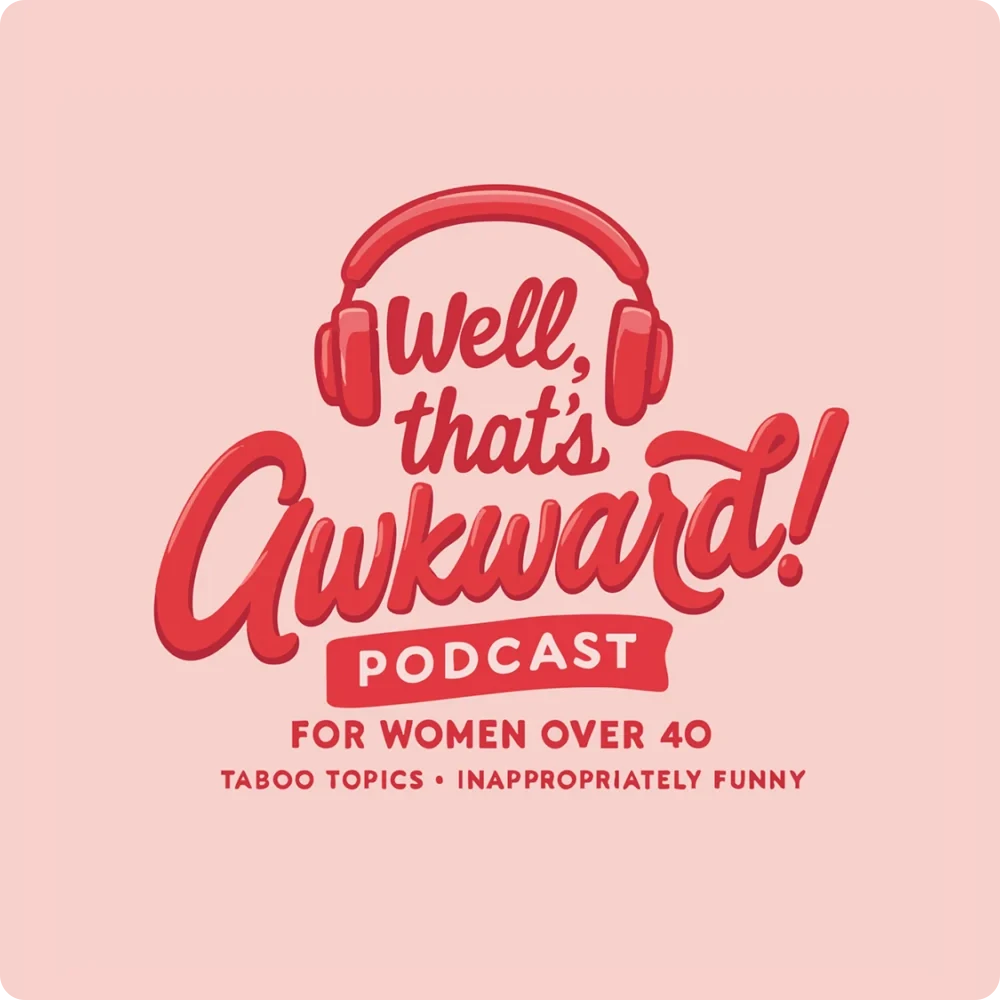IBS or just bad bread?
Bread, or more commonly wheat and gluten are the most common ingredients that patients talk about, and not necessarily in a good way! These seemingly harmless ingredients may cause digestive problems like bloating, headaches, fatigue, nausea, IBS etc. More often than not bread is avoided due to a self diagnosis of wheat or gluten intolerance without really knowing what exactly is causing what symptom. Is it actually the grain or something else entirely that are causing the problems? Are we becoming a nation of wheat intolerant, gluten intolerant people or are we all hypochondriacs?!
A quick history of breadmaking
Bread has been made since the dawn of time. In fact, it can be argued that bread is the foundation stone of civilisation as we know it, and it still forms part of the staple diet of millions of people around the world. Changes in bread making have been quite drastic over the last 40 years. In 1961 The Chorleywood Bread Process was created which used chemical additives, intense energy and high quantities of yeast to produce the maximum amount of loaves in the shortest time. Mostly all bread in the UK is made by this method or one that uses similar additives plus of course what is being sprayed onto the crops has totally changed how we produce bread.
So what’s the problem? The trouble comes if dough is not allowed to ferment for several hours. Natural bacteria doesn’t then have a chance to destroy harmful elements in the dough and therefore make important nutrients available to the human body. There is also the addition of genetically modified enzymes, added to flour and dough to make loaves larger and more “squishy”, so they have a longer shelf life. Worryingly some recent research has suggested that transglutaminase, an enzyme used in baking and food manufacturing, may change the gliadin protein in wheat flour into a form that may be harmful to the human body. Even organic loaves are made in the same way, but can contain lower amounts of pesticides and additives.
We have bred wheat to produce high yields in intensive growing conditions with little regard for its nutritional quality. Modern varieties have 30-50 per cent fewer minerals than traditional ones. Fast roller milling separates grain into its constituent parts so effectively that white flour has up to 88 per cent less of a range of minerals and vitamins than whole wheat. A recent study showed that organic stone-ground flour had 50 per cent more magnesium and 46 per cent more zinc than chemically grown roller-milled flour. What about refined flour – is it so bad? Modern roller milling is extremely efficient at stripping away the nutrient rich outer layers of wheat grains, leaving behind not much more than starch and gluten. Additionally, the heat generated by the process actually destroys some of the compounds. Compared to whole wheat, refined white flour is highly depleted. These are the average amounts of vitamins lost: Vitamin E 93%, Vitamin B6 87%, Vitamin B2 81%, Vitamin B3 80%, Iron 70% and Calcium 56%.
To clear up any confusion, white bread is no longer bleached – they stopped that in the late 1990’s. Soya flour is often added to whiten it. Wholemeal or wholegrain will guarantee you the benefit of grain, however a loaf labelled “brown bread,” could be white flour coloured with caramel. Check labels carefully. Hopefully now you can see that bread is not all it appears. The ingredients needed to make bread are simply, flour, water, yeast and a little salt. To be fair to manufacturers millions of loaves have to made every day and need a good shelf life. However, let’s look at some of the added ingredients:
E481 (sodium stearoyl-2-lactylate), E472e (mono- and diacetyl tartaric acid esters of mono- and diglycerides of fatty acids), E920 (l-cysteine), E282 (calcium propionate), E220 (potassium sorbate), E300 (ascorbic acid), E260 (acetic acid). Soya flour, vegetable fat and dextrose are just some of the other things that you might find in industrial bread.
To ensure that you are eating delicious “real” bread, made without additives, firstly try and use local bakeries – the bread is usually of better quality and you can chat with the baker and ask what is put in the loaf. Artisan bakeries have increased in popularity over the past few years but a loaf does not come cheap. If you don’t know how , invest in a bread making course and learn to make proper real bread or purchase a bread making machine and use really good ingredients. After the initial cost of the machine, each loaf should cost about 50 pence. Avoid breads that have the above ingredients where you can. You can buy additive free bread, slice it and freeze it, if you are concerned about it going off. Use companies that are still making bread in a real way. Try village-bakery.com or go to www.realbreadcampaign.org for more information.
Coeliac disease
If you think you have a problem digesting bread and have vague symptoms go and see your GP who can arrange a blood test – this will include tissue transglutaminase antibodies. You may also need a biopsy which is taken whilst doing an endoscopy. Remember when you are testing for coeliac disease, you will need to have eaten gluten daily for a period of six weeks before testing otherwise the test will be void. Coeliac disease is not just a bit of bloating, it is actually classed as an autoimmune disease. Symptoms can include: bloating, abdominal pain, nausea, diarrhoea, excessive wind, heartburn, indigestion, constipation, any combination of iron, vitamin B12 or folic acid deficiency, tiredness, headaches, weight loss (but not in all cases), recurrent mouth ulcers, hair loss (alopecia), skin rashes, joint or bone pain, neurological (nerve) problems such as ataxia, (poor muscle co-ordination), and neuropathy (numbness and tingling in the hands and feet). It is hard for GP’s to diagnose as you can see the symptoms are varied and some quite common.
If you are not coeliac but suspect you have issues with gluten you might want to swap your current loaf and see if the symptoms go. There will be a bread out there that doesn’t cause symptoms. Rotate bread types, pita or flattened breads often have less yeast, try rye, spelt, gluten free etc and more often than not you will find a bread that does suit you. If your guts are you good shape, you should be able to eat bread twice a day. However it’s not a good idea to start the day with a grain based cereal, then have a sandwich for lunch and then pasta in the evening – that may be too much. Keeping a food and symptom diary might help eliminate the problem. Bread is so useful it seems a shame to eliminate it totally from the diet.
Zonulin
Zonulin is a protein that was founded in 2000 by Dr Alessio Fasano of the University of Maryland Coeliac Research Centre. In 2012 he wrote a paper in the Annals of The New York Academy of Science. Zonulin’s purpose is to modulate the permeability of the tight junctions between the cell walls of the digestive tract. Alessio found that gliadin activates Zonulin signalling (irrespective if you are coeliac or not). This is turn could lead to greater intestinal permeability. Zonulin can open up the spaces between the intestinal lining. This normally occurs to allow nutrient and molecules to get in and out of the intestine. However when intestinal permeability is present the spaces between cells are larger allowing larger protein molecules to get into the bloodstream, and an immunologic reaction happens. The body is then primed to react to those proteins. Two of the most powerful triggers to open the zonulin door are eating gliadin (gluten containing foods) and gut bacteria eg those found in SIBO (small intestinal bacterial overgrowth). With this relatively new information where does that leave us with gluten – evil or not?
Should I cut gluten out of my diet?
Before we all starting getting seriously neurotic the only time you should really cut out gluten is if you are coeliac. However there are many shades of grey in how people respond to foods and in some people it might be worth having a gluten free or certainly low gluten diet. Firstly I would try to eat the best quality gluten you can, ie a decent loaf (as discussed above). If you feel you are better gluten free then fine, but be careful not to slip into buying gluten free foods thinking they are healthy – they most certainly are not. Usually found in a special section of the supermarket they can trap you into choosing too much sugar and other additive laden foods. Gluten free pasta and bread are readily available.However everyone is so different. I have seen schizophrenics and MS patients who turned out to have coeliac disease, certainly not helping their symptoms and improving mental and physical health when removed. If you want expert advice on whether to cut out gluten please do contact me. If you are interested in having your zonulin tested there are new faecal zonulin tests available.
For more details on this article and anything else to do with coeliac disease, SIBO or any other bowel issue contact Kate on 01323 737814/310532
www.katearnoldnutrition.co.uk














